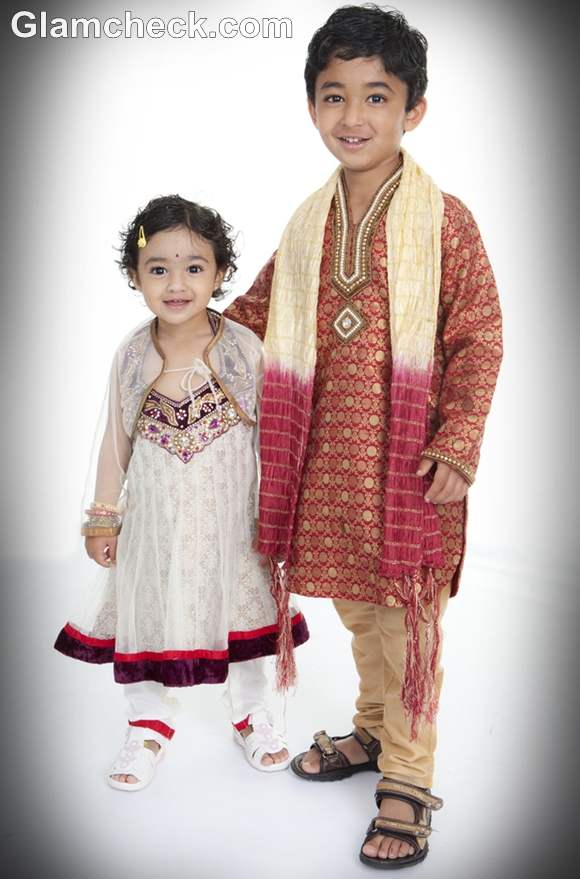The country of festivals India, celebrates each occasion with great gusto and joie de vivre. On the second day after Diwali (the festival of lights), is celebrated a unique festival of Bhai Dooj. Also known as Bhau Beej, Bhai Phota, this day long festival falls on the second day of the bright fortnight of the Hindu month Kartik.
Bhai Dooj falls on 15th of November in 2012.
Bhai Dooj literally means brother (bhai) and second day (dooj). On this day, sisters pray for the long lives of their brothers.
Legends surrounding the festival
As with all festivals, Bhai Dooj is a festival with many legends surrounding the same. It is important to know the legends in order to fully comprehend the importance of any festival in the lives of the people celebrating the festival.
 Bhai Dooj – Indian Festival brother sister
Bhai Dooj – Indian Festival brother sister
- As per a common mythological story on this day the lord of death and hell Yama, had visited his sister Yami or the river Yamuna. Yami to welcome her brother prepared sumptuous meal and welcomed her brother by applying a vermillion mark, also known as tika, on his forehead and prayed for their good relation and the brothers’ long, prosperous life. From this day onwards, all sisters pray for their brothers health and prosperity.
- As per another legend, on this day Lord Krishna had visited his sister Subhadra after slaying the demon Narakasura. Lord Krishna was warmly welcomed by his loving sister with sweets and tika.
- Yet another legend has that Lord Mahavir, the founder of Jainism was missed by his brother Nandhivardhan. On this day Nandhivardhan was comforted by his sister Sudarshana and from then on, on this day, brothers are met with great respect, love and affection and sisters treated with great reverence too.
Rituals and celebrations
The festival is largely celebrated in almost the entire country albeit under different names – Bhai Phota in Bengal, Bhau Beej in Maharashtra and Bhai Dooj elsewhere.
The sister prepares sweets and sumptuous meal including all the brothers favourite items for her brother. Often the house is decorated with beautiful Alpana or Rangoli. The sister usually fasts until the brother pays a visit. On the brothers arrival, he is greeted with an array of items for worshipping him.
The puja thali ( tray containing all items for the worship) usually has flowers and rice, a diya or a lamp and vermillion. The sister welcomes the brother by applying tika with the vermillion, shows him the lamp and showers flowers and rice. It is believed that all these rituals help shower prosperity and peace on a brothers life and wards off any evil.
After the ritual of welcoming the brother, both the sister and the brother eat the meal prepared by the sister and engage in talks strengthening their bond of love and affection.
The brother also usually gets a gift for the sister to show his appreciation for all that the sister has done for him.
In case of the brother and sister being at different locations or the inability of the brother to visit the sister on this auspicious day, the sister worships the moon and prays for the safe being of the brother. Sending the tika by post is also an option that many sisters opt for in case of distances separating the brother and sister.
Dressing up tips for Bhai Dooj
Indian festivals present a great time to get dressed in traditional Indian attire. It is common for women folk to don colourful saris draped traditionally. Traditional Ghaghra cholis and dressy salwar suits also look great. Traditional gold and silver jewellery is often preferred to be worn, although easily available imitation jewellery is also a great choice.
Brothers usually wear kurta-pajama or bandhgalas.
Bhaidooj like other festivals , is a great time to bond with friends and family, especially for married sisters who often visit their parents house to celebrate Diwali and Bhai Dooj. Celebrate this Bhai Dooj with great zeal and fervour and remember the spirit of joy, peace, prosperity and well being.
Shutterstock
